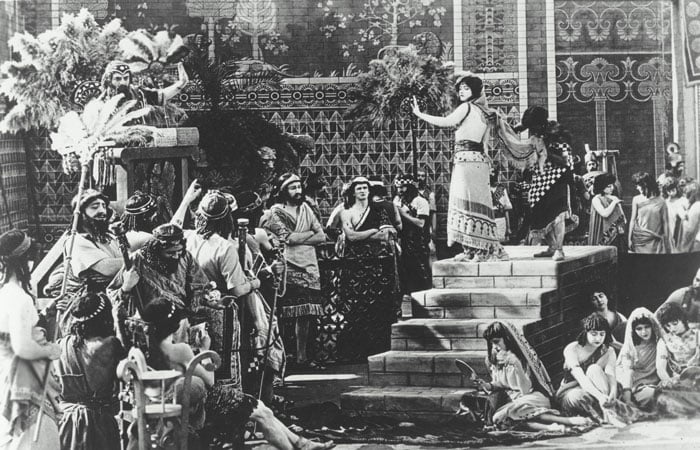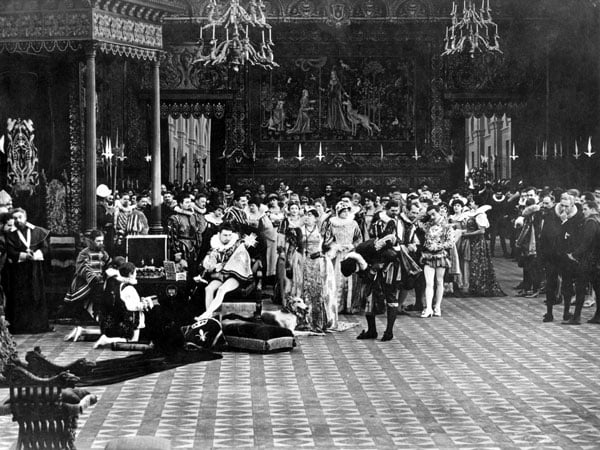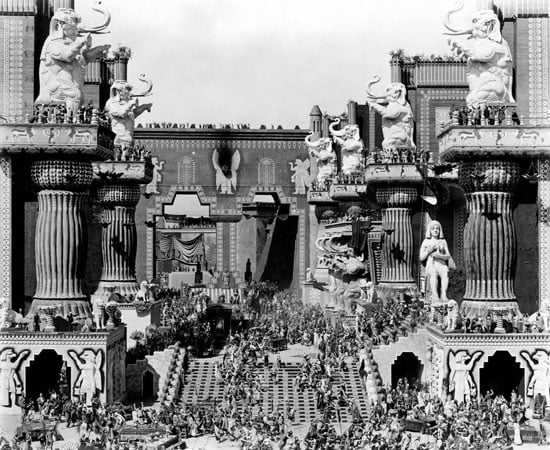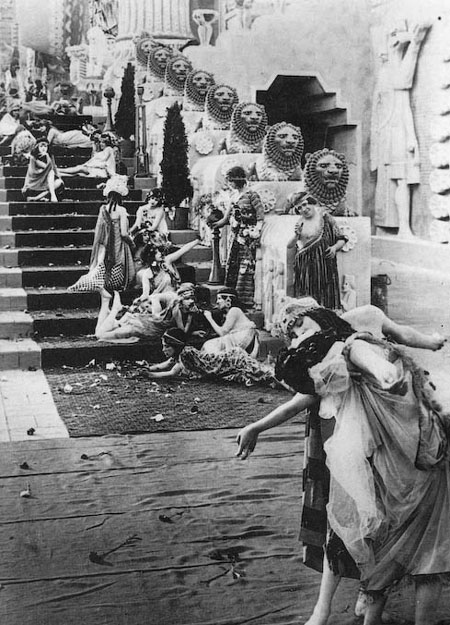
Intolerance
1916
100% est d'accord avec la cote
Quatre épisodes évoquant l'idée d'intolérance à travers les âges.
Oeuvre marquante des débuts du cinéma. Fresque monumentale. Mise en scène des plus inventives. Direction d'acteurs éblouissante.
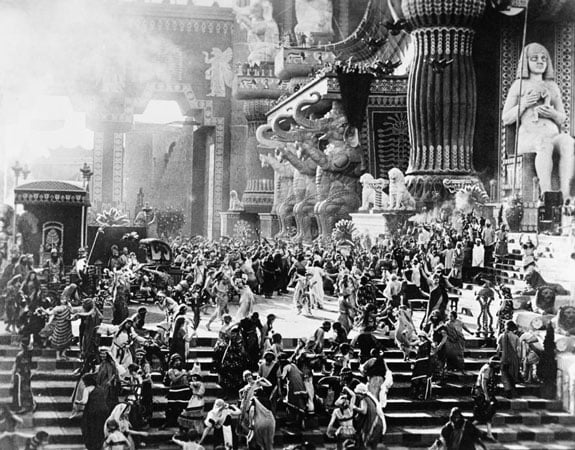


Intolerance
1916
100% est d'accord avec la cote
Quatre épisodes évoquant l'idée d'intolérance à travers les âges.
Oeuvre marquante des débuts du cinéma. Fresque monumentale. Mise en scène des plus inventives. Direction d'acteurs éblouissante.
Information
Genre
Drame épique
Année
1916
Durée
177 min.
Réalisation
Scénario
Photographie
Pays
États-Unis
Distribution
Métropole Films Distribution
Images
